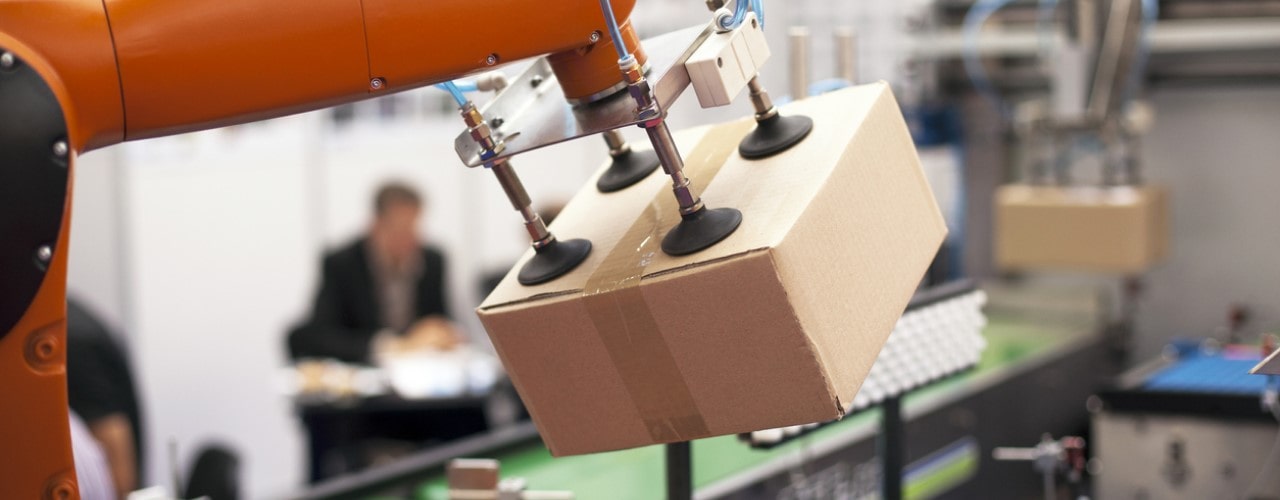Trends & challenges driving automation in 2020
2020 is a big year for automation. While many organisations have begun investing in automated systems and processes in recent times, 2020 is the moment at which this technology is forecast to go mainstream. So, what challenges have brought us to the point that automation is the ideal solution and what trends are likely to dominate as the year progresses?
Why do we need automation?
A number of key challenges have created the perfect environment for greater automation uptake this year, including:
- Workforce issues. Labour shortages – especially since Brexit – have put a great deal of pressure on warehouse and logistics businesses and there are significant skills gaps that could be solved by automated solutions.
- Increasingly complex markets. Ecommerce changed everything and today a major challenge is the need to meet customer expectations. This means a more flexible approach, including small order pick and pack capability and catering to the requirements of omnichannel retailing.
- The limits of human operators. Especially when it comes to health and safety there is only so much that a human workforce can achieve.
What automation trends exist for 2020?
- Basic mechanised solutions. Those warehouses that don’t already have conveyors, sorters or fork lift trucks etc are likely to look to invest in this type of basic mechanised solution this year.
- Robots for basic tasks. Robotic solutions have a lot to offer when it comes to efficiency and improving health and safety. Repetitive tasks such as pallet stacking and container de-stuffing are already being handled by robots – the trend towards putting these kinds of high volume and labour intensive activities into the hands of automated machines is likely to continue this year.
- Human and machine collaboration. Another big trend for 2020 is the use of automated robotics to directly support human activity. These collaborative robots are more independent and can ‘think,’ for example when it comes to identifying the right route to move through a warehouse to take something from A to B.
- Pickers + technology. Automation can be used in combination with human pickers to help improve picking times and find opportunities for greater efficiency. For example, it can be instrumental in reducing picker travel time and improving picker productivity, including when it comes to mis-picks and errors.
- Robots for picking. Currently, robotic technology offers some basic solutions for fully automated picking with machines that have an extendable arm with grip and sucker technology. We are already seeing a trend towards developing this technology to make it more sophisticated, in particular with respect to combining it with artificial intelligence.
- New variations in robotic arms. Development of sophisticated sensors and AI machine learning is driving interest in evolving the basic robotic arms that exist today into something much more complex and effective. In the near future it’s likely that robotic arms will begin to resemble the function and aesthetics of the human hand much more.
Automation has the potential to change the warehouse and logistics industry in 2020 to make it more efficient and to provide opportunities to overcome many of the challenges that have historically held enterprises back.

Leave a comment